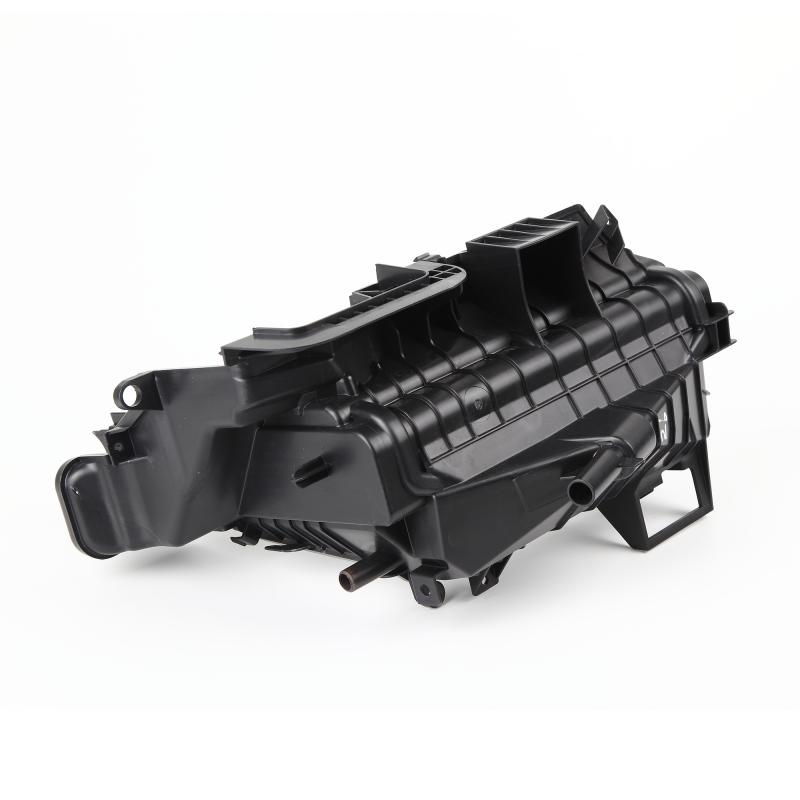
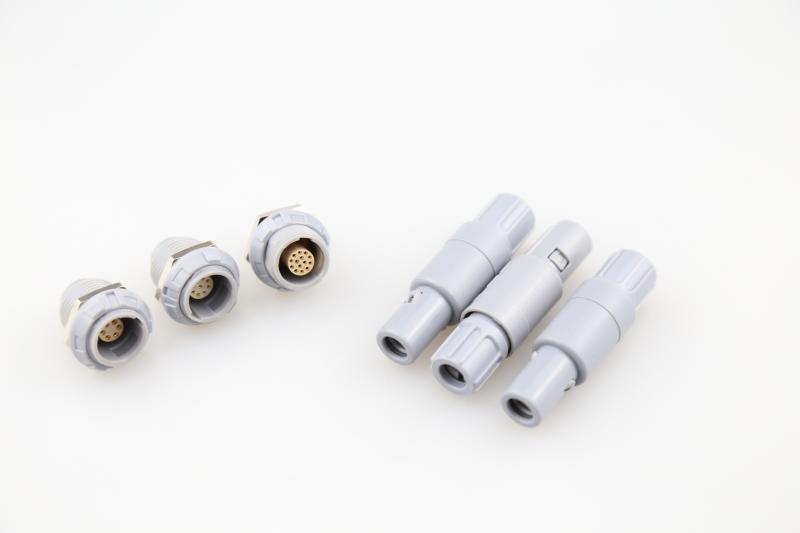

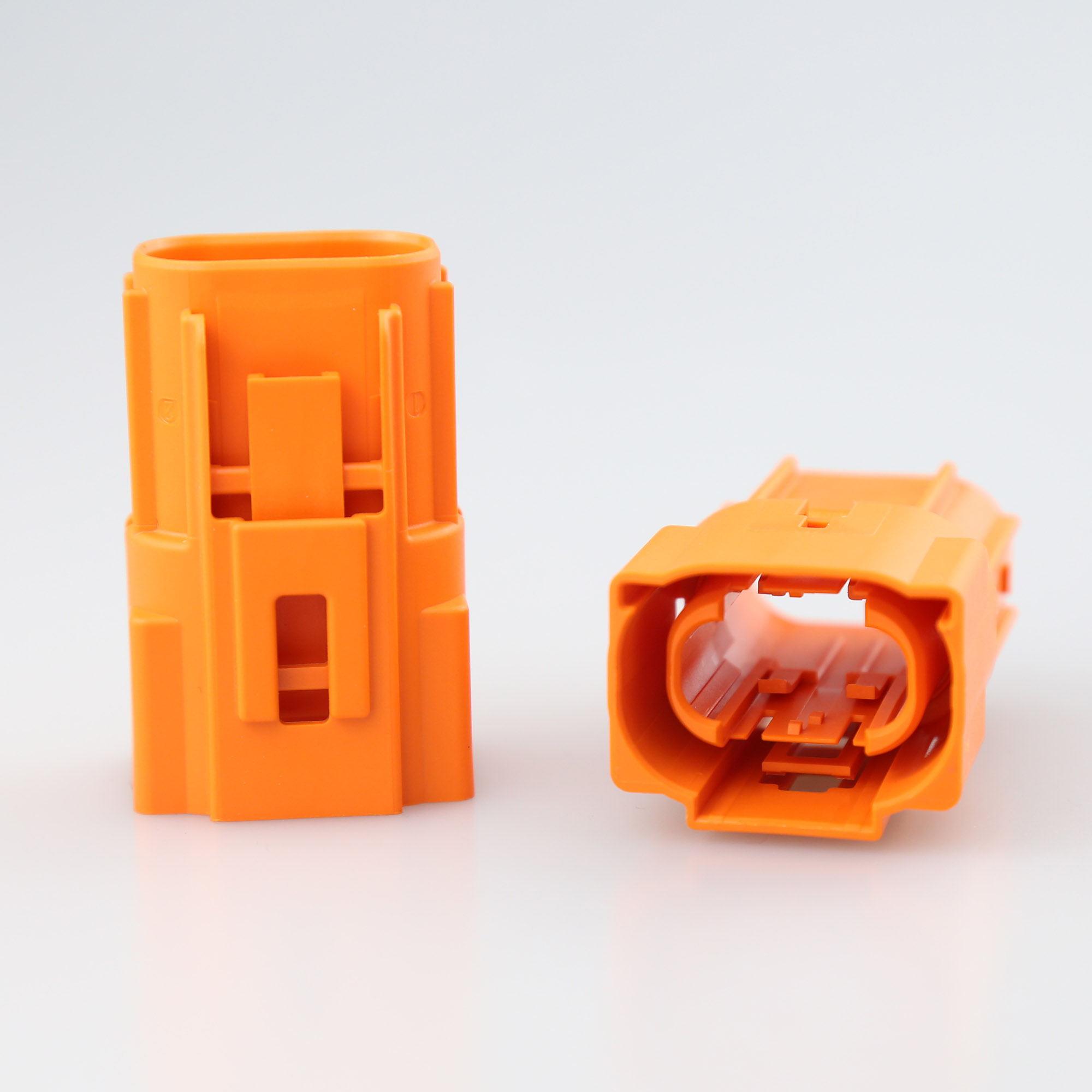
In the dynamic world of electronics manufacturing, efficiency, precision, and innovation are key to staying competitive. One of the most significant advancements in this field is the use of plastic molds. These molds have revolutionized the way electronic components are produced, offering numerous benefits that enhance both the manufacturing process and the final products. This article explores the critical role plastic molds play in electronics manufacturing, highlighting their impact on the industry.
The Basics of Plastic Molding
Plastic molding involves shaping plastic material into desired forms using a mold. In electronics manufacturing, this process is crucial for creating various components, such as housings, connectors, and intricate parts that require high precision. The most common techniques include injection molding, blow molding, and thermoforming, each suited for different types of components and production scales.
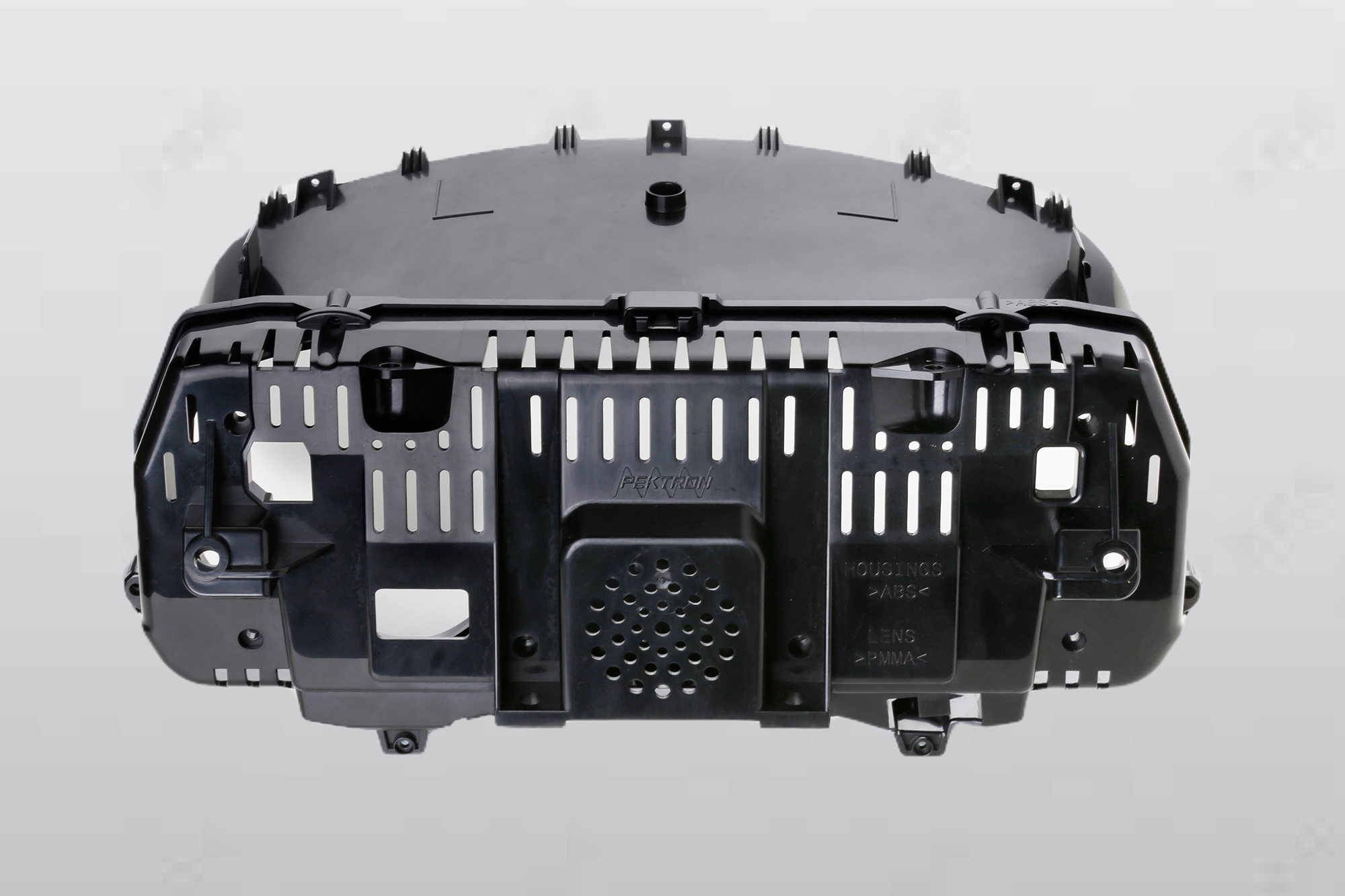
Benefits of Plastic Molds in Electronics Manufacturing
1.Precision and Consistency: Plastic molds offer unparalleled precision, allowing manufacturers to produce components with exact dimensions and specifications. This consistency is essential in electronics, where even the smallest deviation can affect performance.
2.Cost-Effectiveness: Once a mold is created, it can be used to produce thousands or even millions of identical parts. This scalability reduces the cost per unit, making plastic molding an economically viable option for mass production.
3.Speed and Efficiency: Plastic molding processes, particularly injection molding, are highly automated and can produce components at a rapid pace. This speed is vital for meeting the high demand in the electronics market.
4.Material Versatility: Plastic molds can accommodate a wide range of materials, including thermoplastics and thermosetting plastics. This versatility allows manufacturers to choose materials that offer the best combination of strength, flexibility, and cost for their specific applications.
5.Design Flexibility: Modern plastic molding techniques enable complex and intricate designs that would be difficult or impossible to achieve with traditional manufacturing methods. This flexibility opens up new possibilities for innovation in electronic device design.
Applications in Electronics Manufacturing
1.Device Housings and Enclosures: Plastic molds are widely used to produce the outer shells of electronic devices, from smartphones and tablets to remote controls and routers. These housings protect the internal components and contribute to the device's aesthetics.
2.Connectors and Switches: Precision-molded plastic parts are essential for creating reliable connectors and switches. These components must fit perfectly to ensure proper electrical connections and functionality.
3.Internal Components: Beyond housings, plastic molds are used to produce various internal components, such as mounts, brackets, and insulators. These parts support and protect the electronic circuitry, ensuring the device's overall performance and durability.
4.Prototyping and Testing: Plastic molding is also invaluable in the prototyping stage. Manufacturers can quickly produce prototype parts to test and refine designs before committing to mass production. This iterative process helps in identifying and addressing potential issues early, saving time and resources.
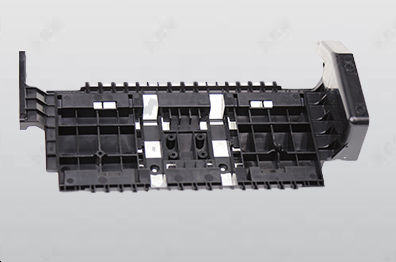
Innovations in Plastic Molding for Electronics
1.The field of plastic molding continues to evolve, driven by advancements in technology and materials. Some of the latest innovations include:
2.3D Printing: Also known as additive manufacturing, 3D printing allows for rapid prototyping and small-batch production of complex plastic parts. This technology is becoming increasingly popular for custom and high-precision components.
3.Micro Molding: As electronic devices become smaller, the demand for micro-molded components increases. Micro molding techniques can produce extremely small and detailed parts with high accuracy, essential for modern electronics.
4.Sustainable Materials: The push for sustainability has led to the development of biodegradable and recyclable plastics. Using these materials in plastic molds can reduce the environmental impact of electronics manufacturing.
Conclusion
Plastic molds have undeniably revolutionized electronics manufacturing, providing precision, cost-effectiveness, and design flexibility that are crucial for producing high-quality electronic components. As technology continues to advance, the role of plastic molding in the electronics industry will only grow more significant, driving further innovation and efficiency. For manufacturers, embracing these advancements is key to staying competitive in a rapidly evolving market.